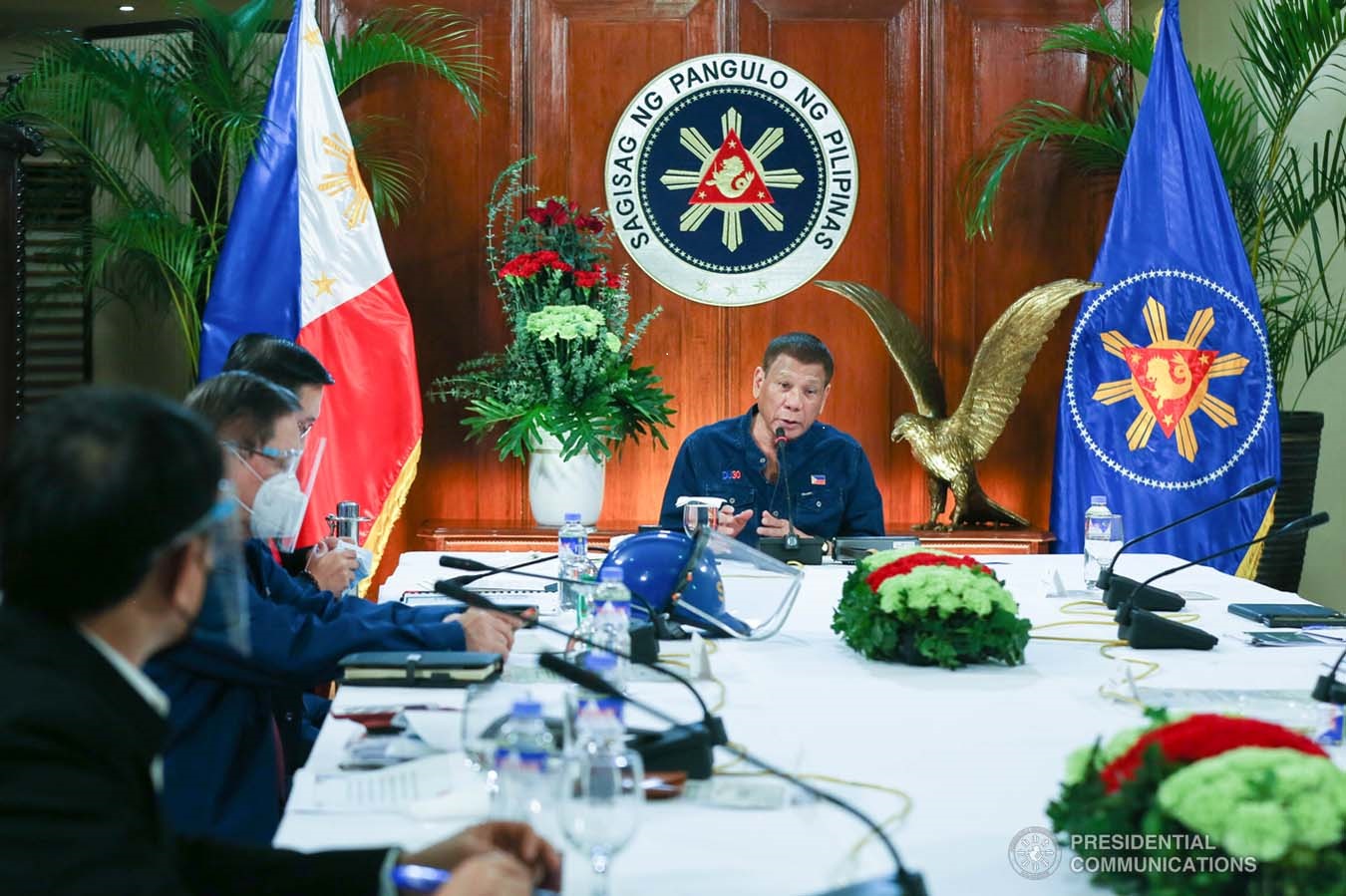For at least the second time, President Rodrigo Duterte claimed that SARS-CoV-2 (Severe Acute Respiratory Syndrome-Coronavirus-2), the causative agent of coronavirus disease 2019 (COVID-19), is airborne. This lacks context.
Watch this video:
According to the World Health Organization (WHO) and the United States Centers for Disease Control and Prevention (CDC), SARS-CoV-2 is still mainly transmitted through respiratory secretions or droplets that can reach the mouth, nose and eyes of someone who comes in close contact with a COVID-19-infected person. (See VERA FILES FACT CHECK: Duterte’s claim that COVID-19 is airborne needs context; wrong in saying China has highest death toll)
Indirect transmission may also occur when infected respiratory droplets land on objects or surfaces creating fomites, where SARS-CoV-2 could stay viable for hours or days depending on the environment. However, WHO noted in its latest scientific brief that no specific reports demonstrate fomite transmission of the virus.
WHO and the U.S. CDC also acknowledged increasing evidence that SARS-CoV-2 can spread through airborne transmission, but current evidence shows that it only occurs in indoor spaces with poor ventilation. WHO said further studies are needed to establish if airborne transmission may occur in the absence of aerosol-generating procedures.
SARS-CoV-2 can become airborne when tiny droplets called droplet nuclei or aerosols containing it get suspended in the air, according to a global team of public health experts convened by international non-profit media group Meedan. Droplet nuclei are microscopic and much smaller in size than respiratory droplets (almost five to 10 micrometers), according to WHO.
“[These] are very light, relatively dry, and microscopic in size so they can remain suspended in the air like a mist, which is why airborne transmission is also called ‘aerosol transmission’, and pose a risk of infection to people in close proximity or people sitting in areas that are poorly ventilated,” the Meedan experts said.
Other possible ways of transmitting the virus include urine, stool, breastmilk and blood. But WHO said no pieces of evidence have detailed cases involving these modes of transmission.
Source
RTVMalacanang, PRRD’s Statement 10/08/2020, Oct. 8, 2020
RTVMalacanang, Kumusta Po Mahal Kong Kababayan? | PRRD’s Meeting with the IATF-EID and Talk to the Nation on COVID-19, April 9, 2020
World Health Organization, Transmission of SARS-CoV-2: implications for infection prevention precautions
World Health organization, Q&A;: How is COVID-19 transmitted?
United States Centers for Disease Control and Prevent Scientific Brief: SARS-CoV-2 and Potential Airborne Transmission, Oct. 5, 2020
Department of Health, Response of DOH to VERA-Files’ questions on COVID-19 cases and information, Oct. 12, 2020
Digital Health Lab, What do we know so far about airborne transmission and how does it differ from respiratory droplet transmission?, Accessed Oct. 23, 2020
World Health Organization, Modes of transmission of virus causing COVID-19: implications for IPC precaution recommendations, March 29, 2020
(Guided by the code of principles of the International Fact-Checking Network at Poynter, VERA Files tracks the false claims, flip-flops, misleading statements of public officials and figures, and debunks them with factual evidence. Find out more about this initiative and our methodology.)





